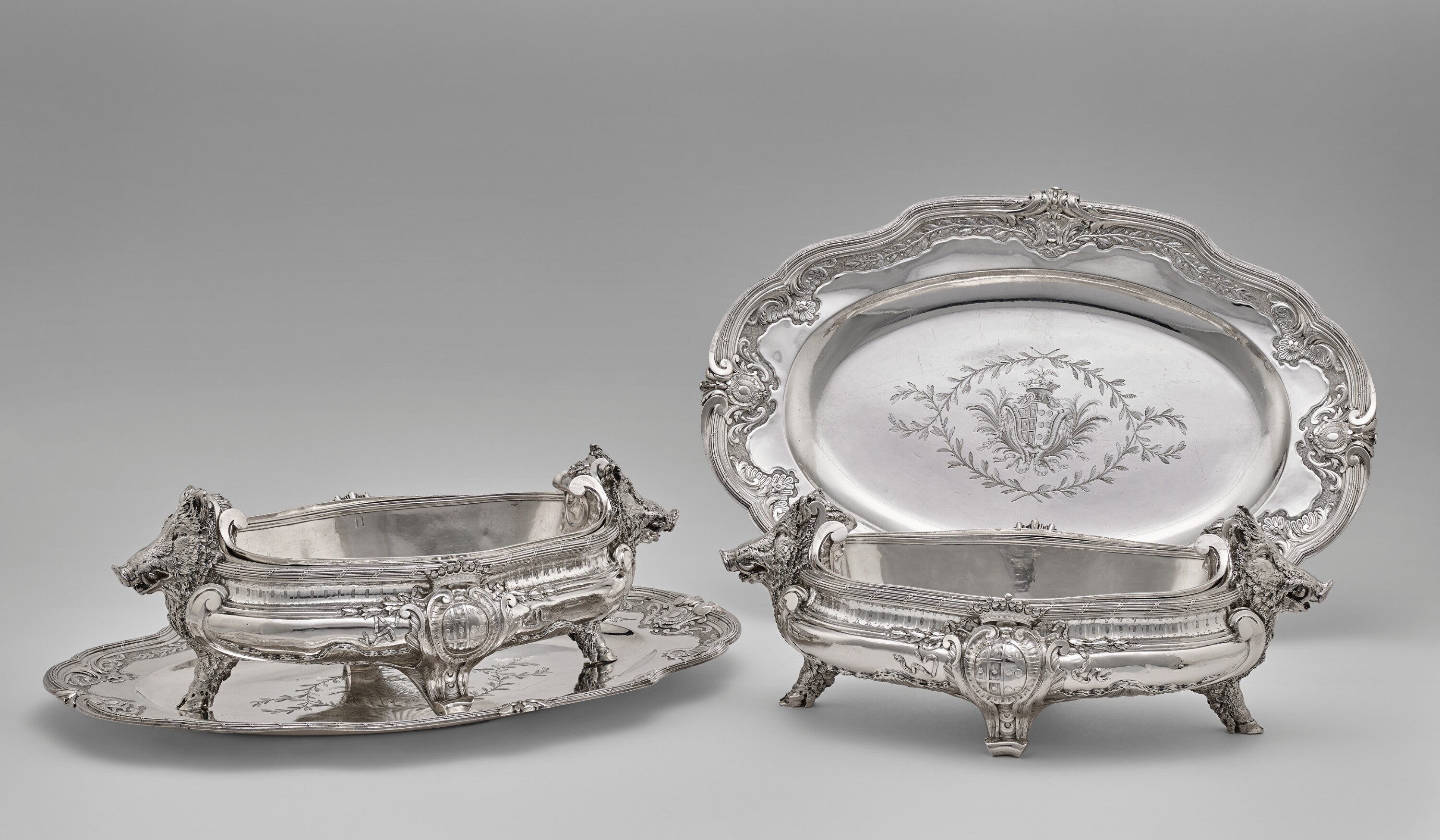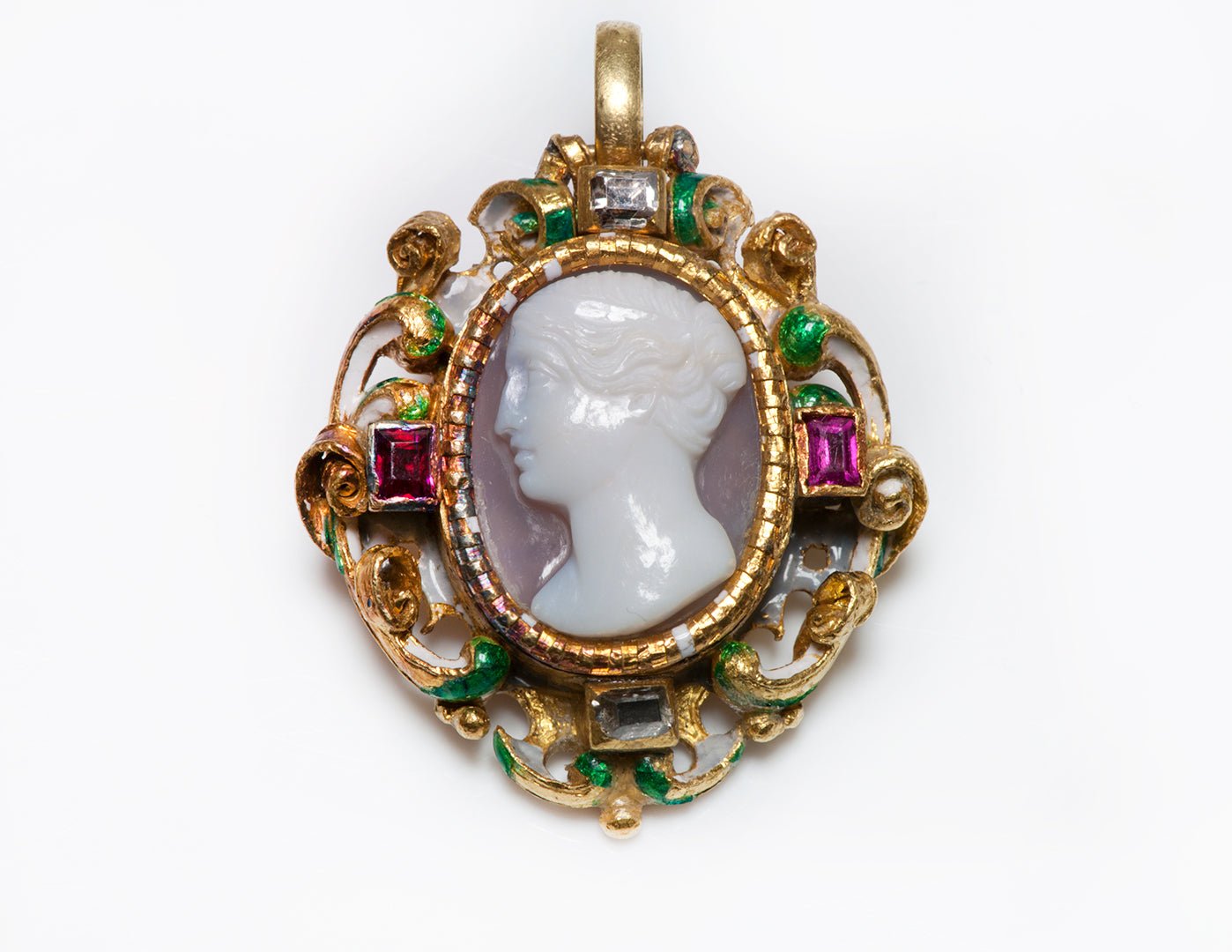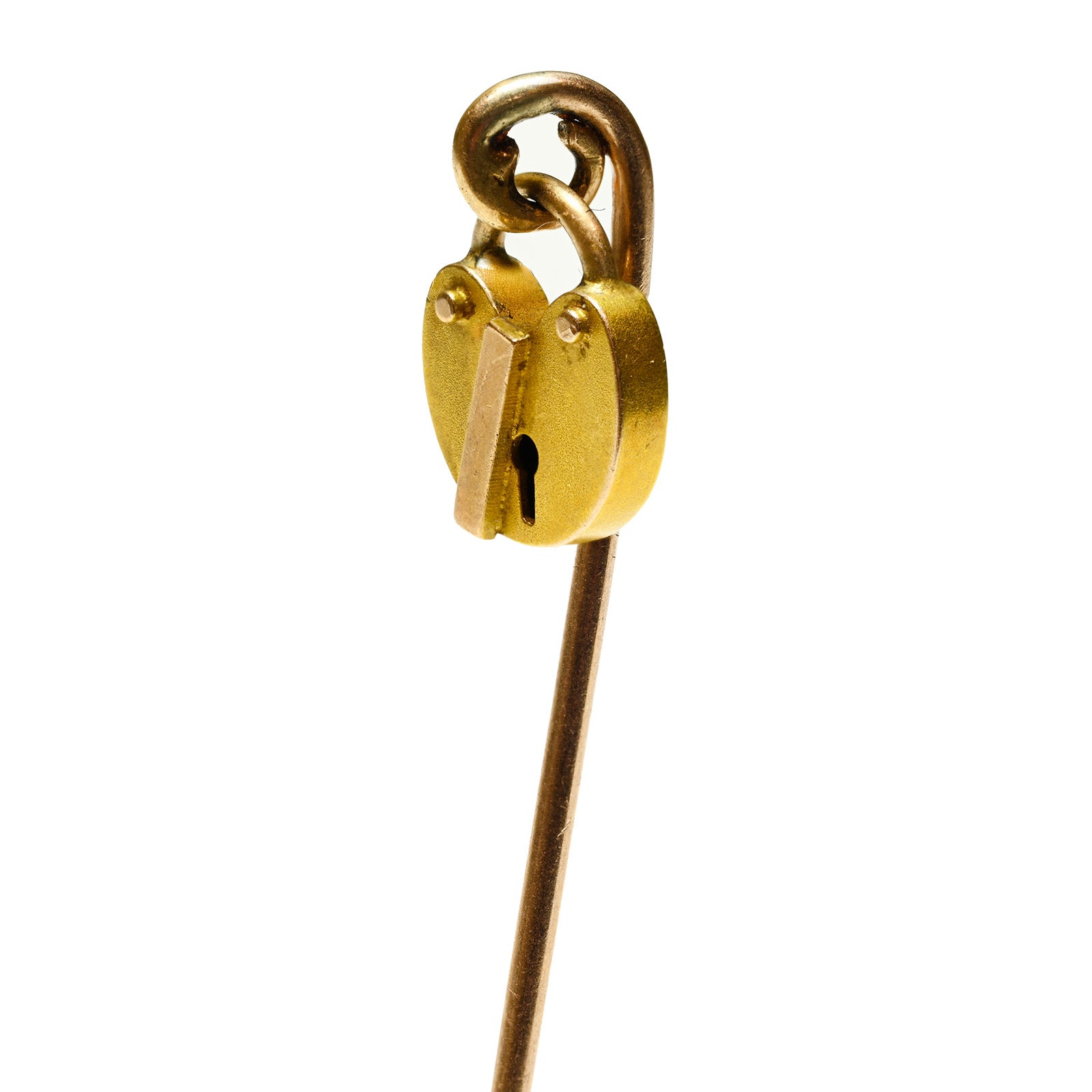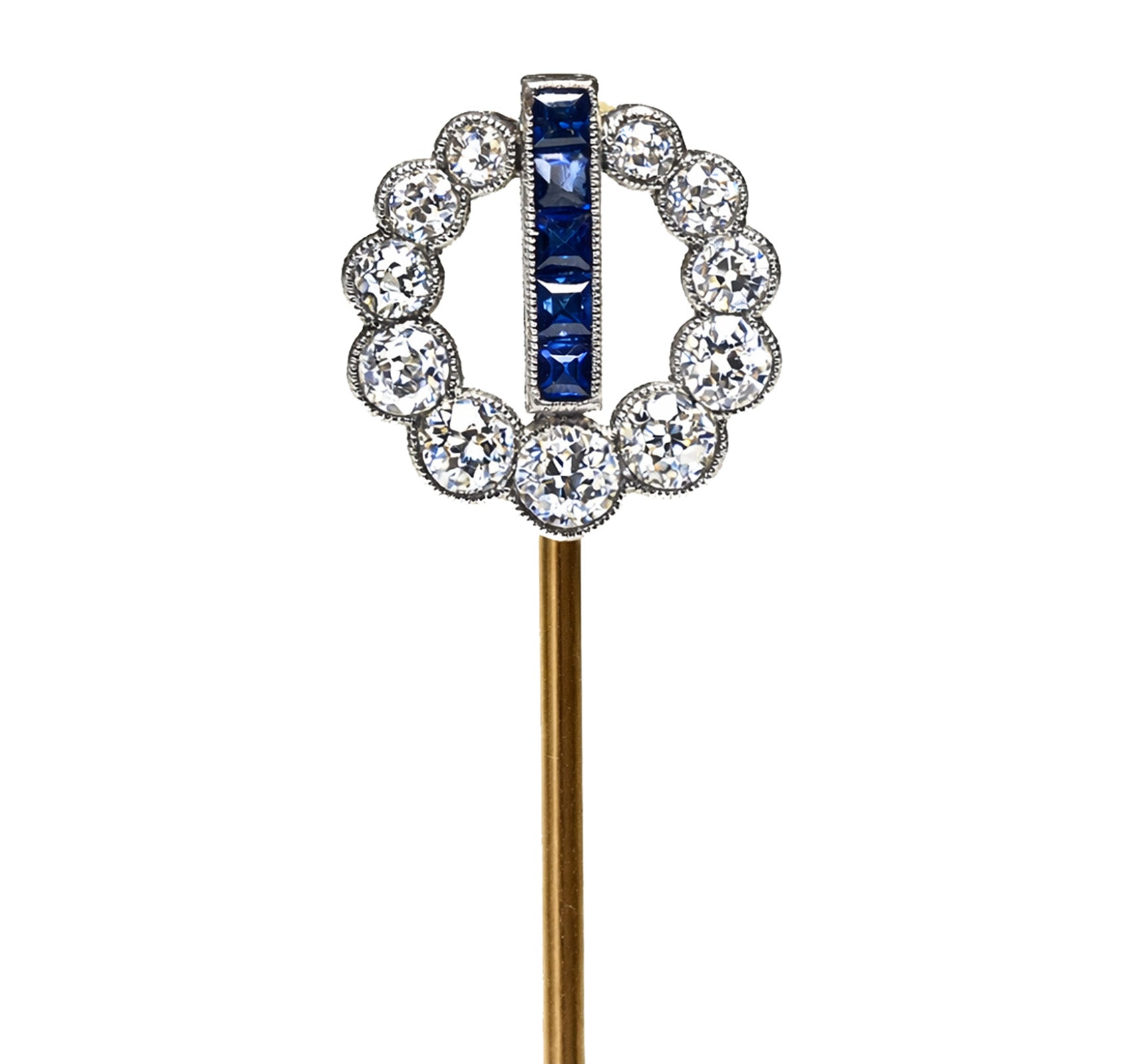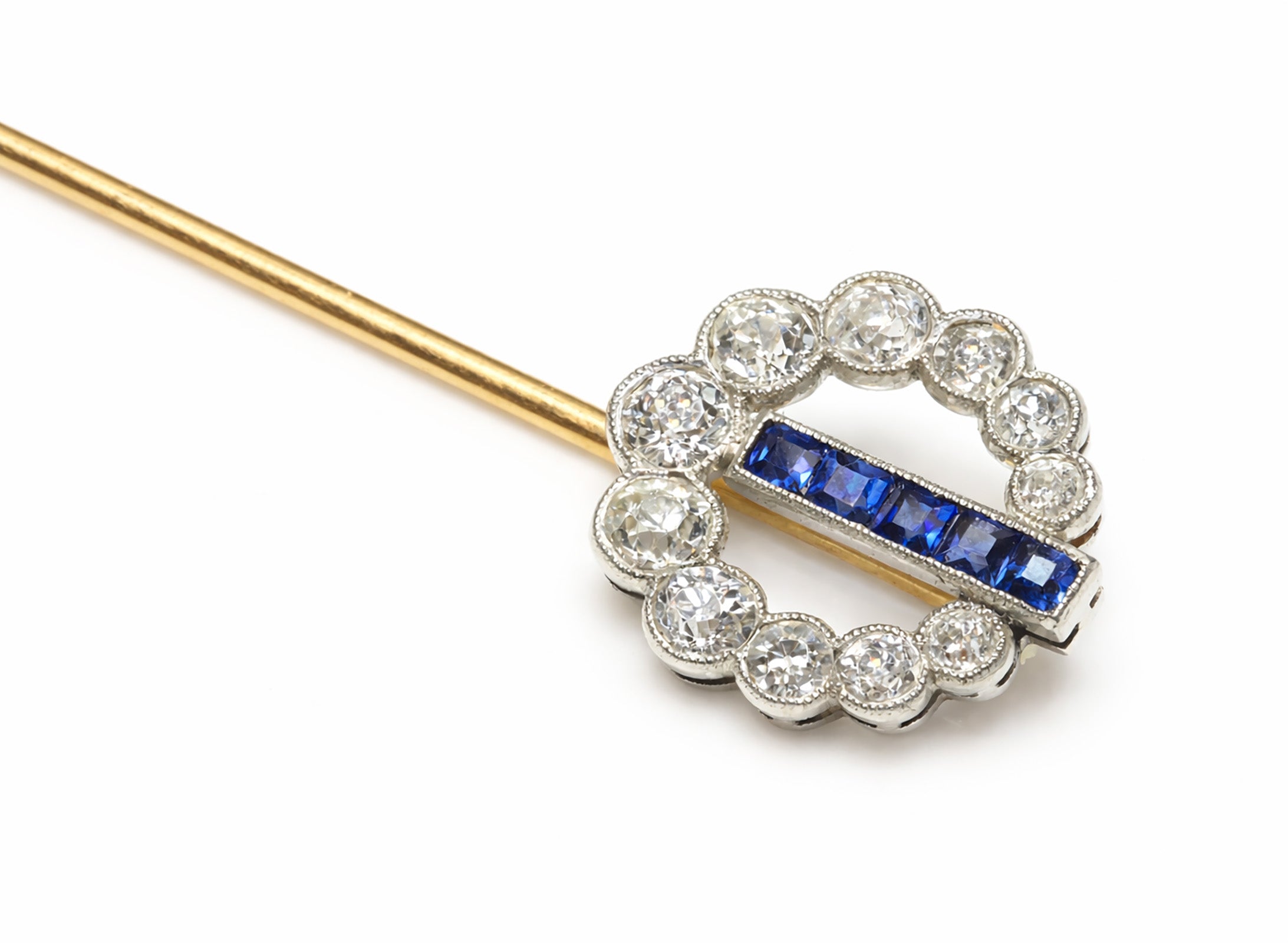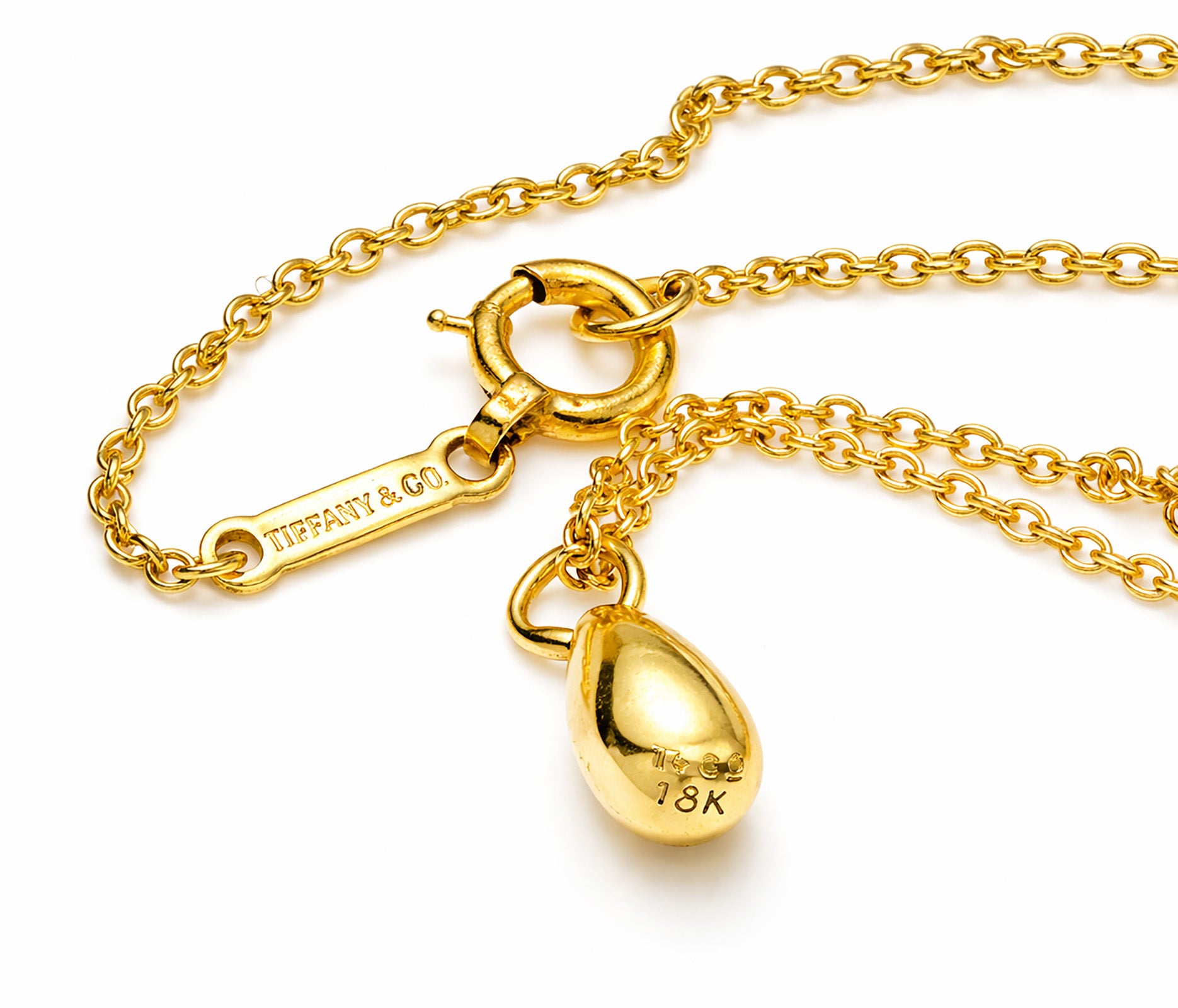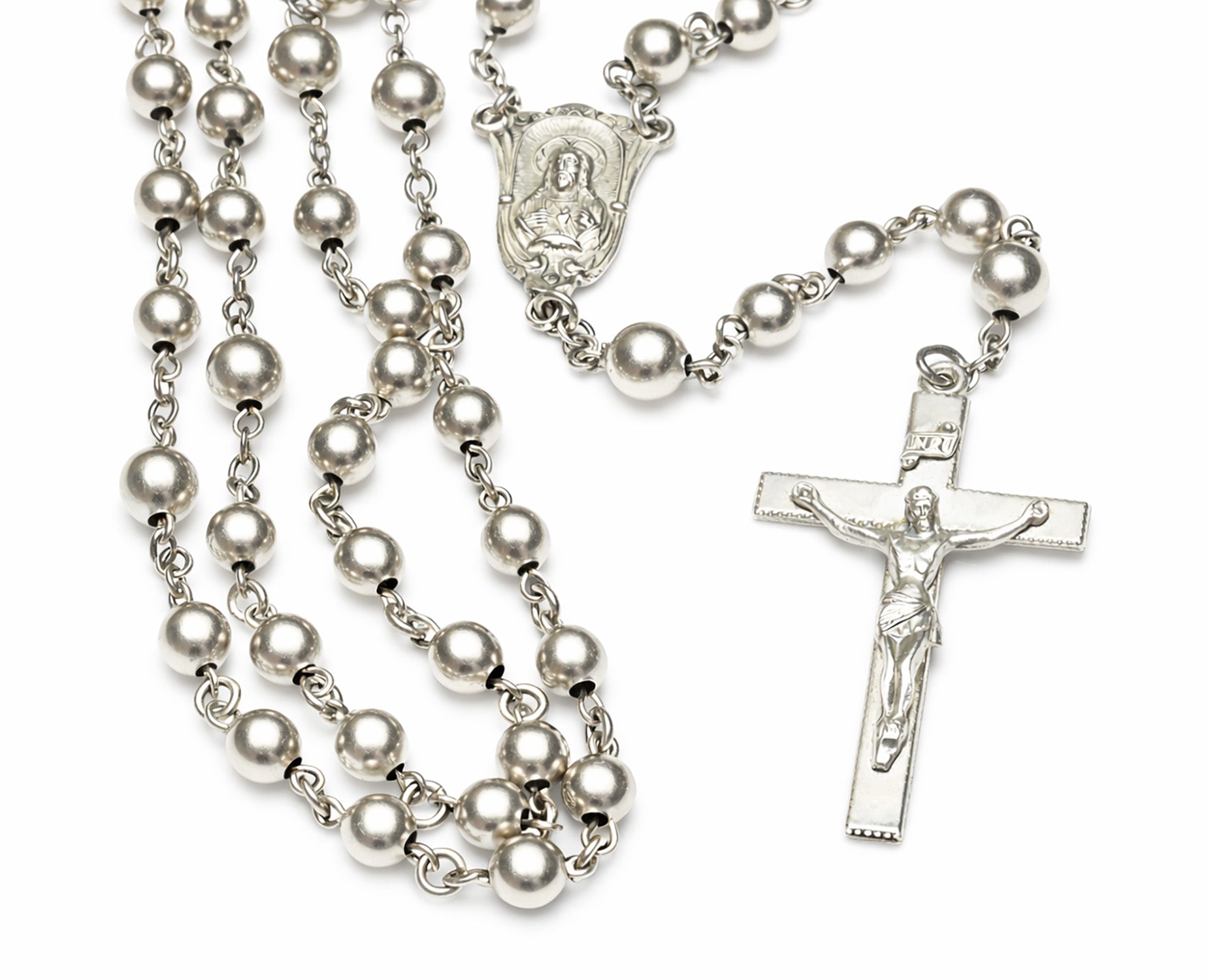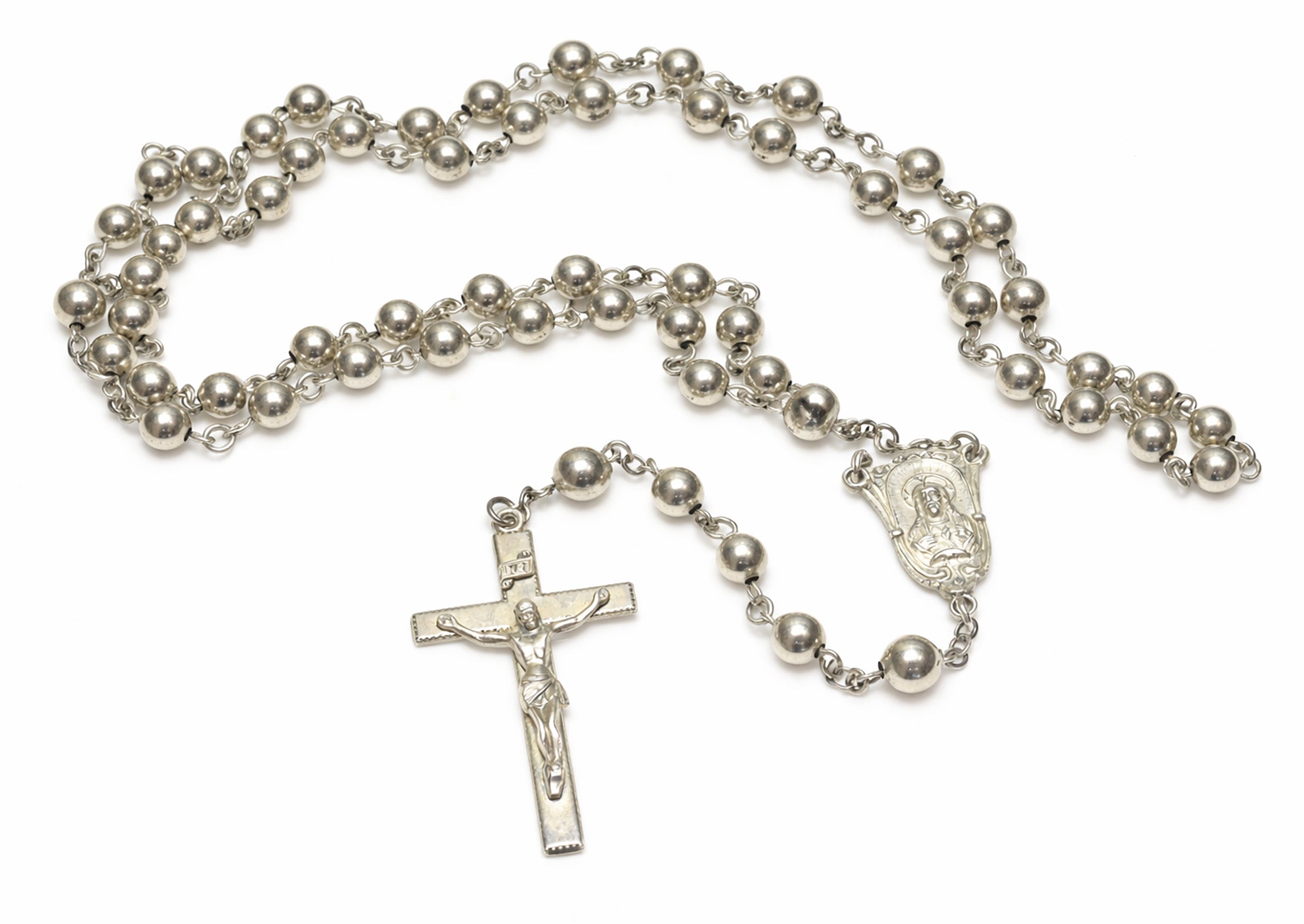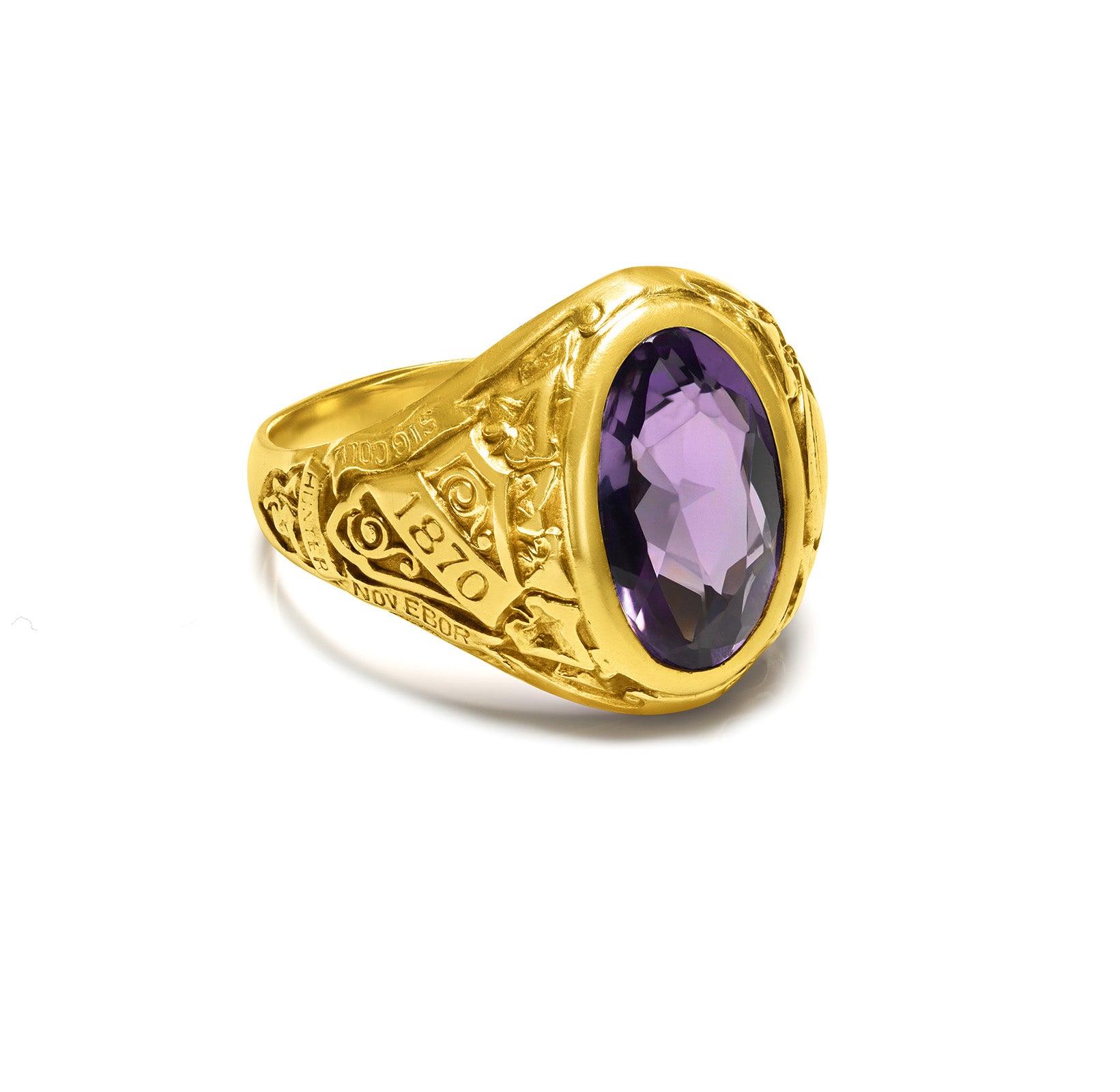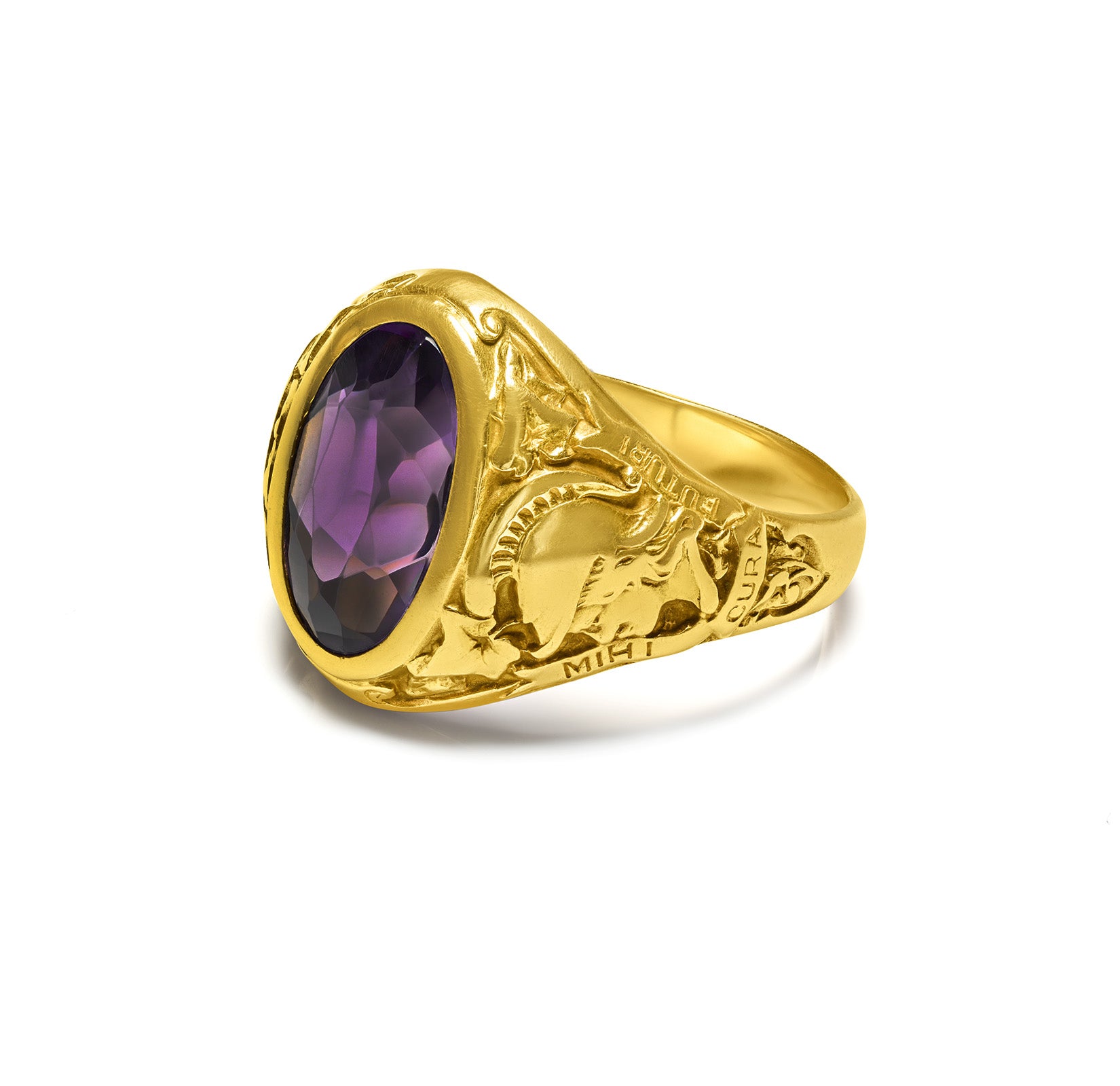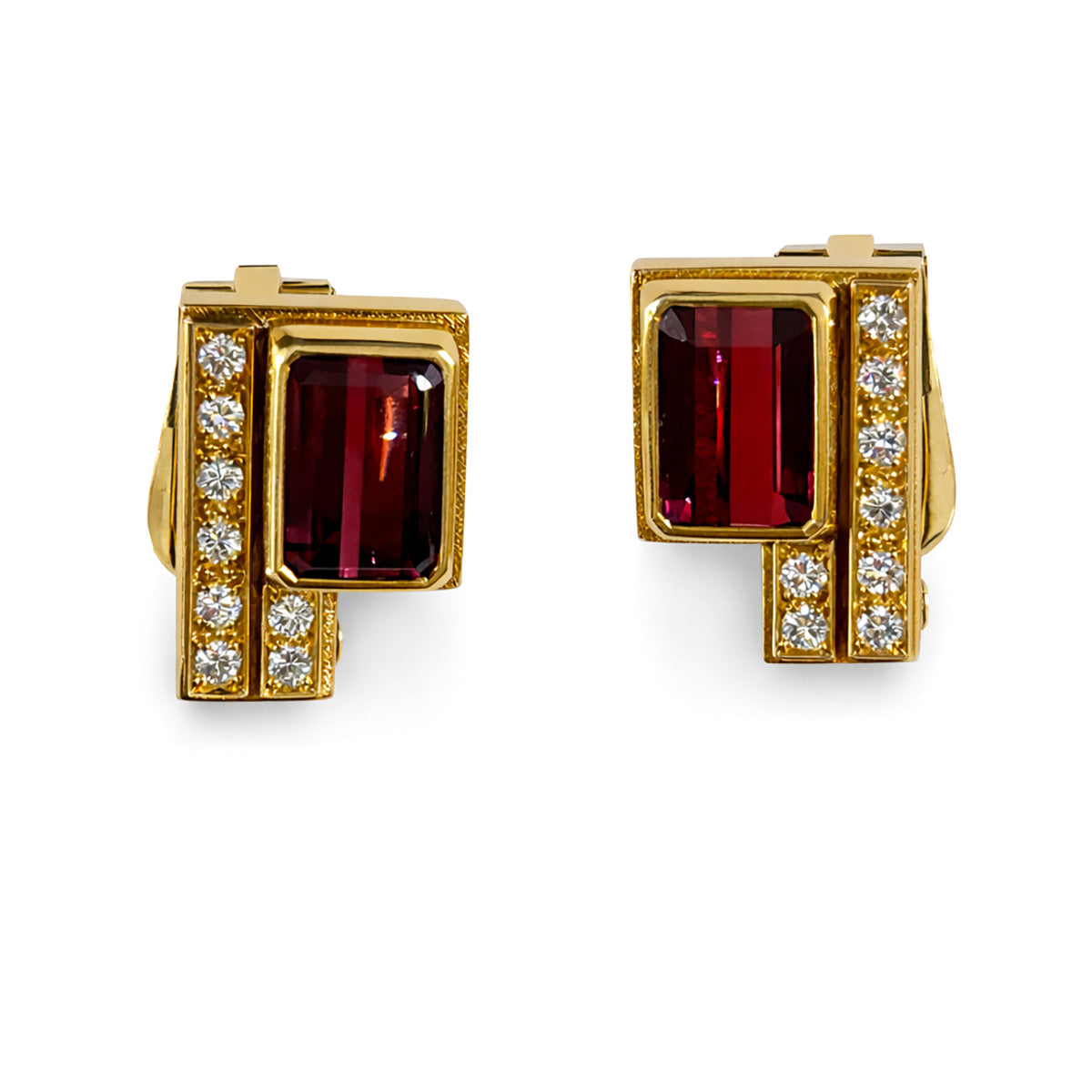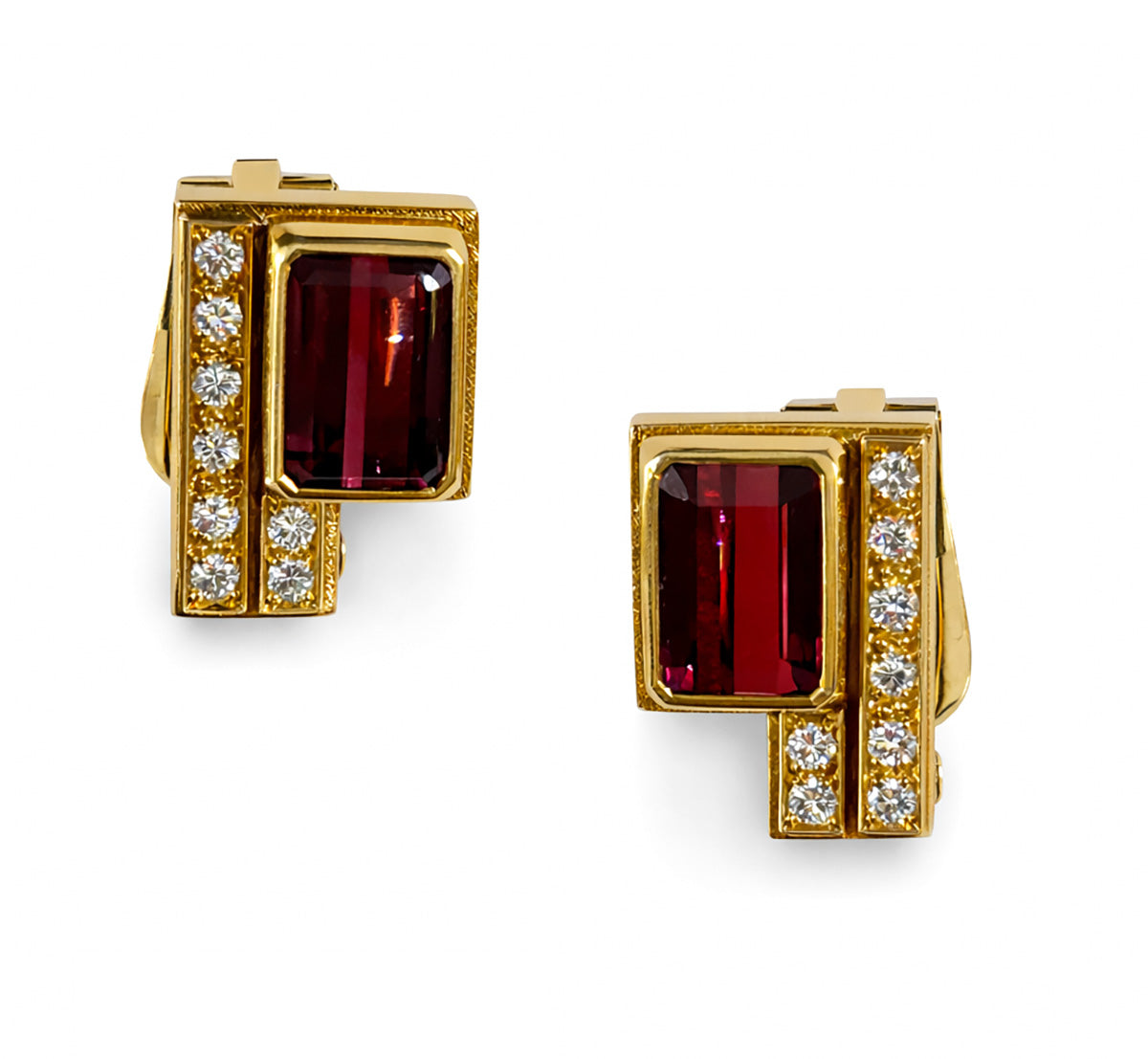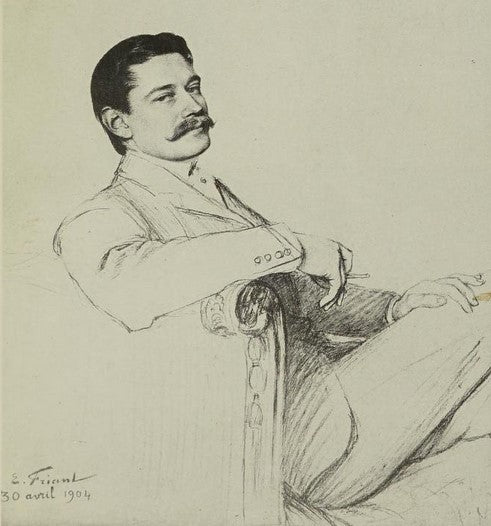
The House of Cartier: From Humble Origins to Royal Splendor
Louis-François Cartier revolutionized luxury jewelry, transforming his small Paris workshop into the globally renowned House of Cartier. How did he manage it?
In 1847, Louis-François Cartier started a journey that would change the world of luxury jewelry forever. He opened his first business in a small workshop in Paris, laying the groundwork for what would become one of the most prestigious jewelers in history, the House of Cartier.
Challenges and Strategies
Louis-François faced many challenges. The economy was unstable, and it was no easy task to make a name for himself among established competitors. His strategy focused on two key elements - craftsmanship and innovation:
- Creating intricate designs that showcased unparalleled artistry.
- Hiring skilled artisans who shared his vision for perfection.
- Using word-of-mouth recommendations to build a loyal clientele.
A Visionary Approach
From the beginning, Louis-François Cartier had a unique approach that set him apart from others. He understood that making beautiful pieces wasn't enough; each piece had to tell a story and evoke emotion. This philosophy became clear in the early Cartier jewels, where each creation combined traditional techniques with bold ideas.

Louis-François Cartier - Photo Credit: "Cartier: jewelers extraordinary" by Hans Nadelhoffer
The early years of Cartier were filled with determination and resourcefulness. The commitment to quality and innovation not only helped overcome initial challenges but also laid the foundation for future successes, shaping the brand's values for generations.
The humble beginnings of the House of Cartier highlight the significance of vision, meticulous craftsmanship, and strategic perseverance in creating a lasting legacy.
Rise to Prominence: A Global Expansion Strategy
Cartier's rise to fame began when they made a smart move to open their store on Rue de la Paix, the most popular shopping street in Paris. In 1899, Louis Cartier made the decision to move the store from its original location to this prestigious spot.
This choice was crucial as it connected the brand with wealthy customers and established a strong presence in the heart of Paris. The new boutique quickly became known for its luxury and exclusivity, attracting aristocrats and wealthy individuals looking for extraordinary jewelry.
Strategic Establishment of International Branches
The brand's vision went beyond just Paris. Understanding the significance of having a global presence, Cartier decided to take bold steps and expand internationally:
- London: In 1902, they opened their first store outside of France at 175 New Bond Street in London, right before Edward VII's coronation. This timing proved beneficial as Edward VII himself became a customer and ordered several pieces, earning Cartier the title of "The Jeweler of Kings."
- New York: Another major achievement was establishing a presence in the United States. In 1909, Cartier opened a boutique on Fifth Avenue in New York City, catering to the growing wealthy class in America.
These significant milestones not only broadened Cartier's market but also strengthened its reputation as a global luxury brand. Each new store promised exceptional craftsmanship and innovative designs, appealing to influential clients across different continents.
The Power of Prestige Clients: How Royal Recognition Influenced Cartier
The House of Cartier's rise to success can be attributed to the fifteen letters patent it received as an official supplier to royal households. This remarkable recognition not only confirmed Cartier's exceptional craftsmanship but also established its reputation as a jeweler of unlimited wealth and prestige.
Royal Endorsements and Their Impact
Royal endorsements came from various monarchies, including Edward VII of the United Kingdom, who famously declared Cartier the "Jeweler of Kings and King of Jewelers." Such accolades drew the attention and admiration of elite clientele worldwide.
Key Influences on Cartier's Image:
- Royal Patronage: The association with royalty brought an aura of sophistication and grandeur, making Cartier synonymous with luxury.
- Elite Clientele: Attracted by the allure of opulence, wealth, and exclusivity, affluent patrons played a pivotal role in shaping the brand’s image.
These clients commissioned bespoke pieces that reflected their extravagant lifestyles, further cementing Cartier’s legacy as a symbol of elegance and affluence. Their influence extended beyond mere purchases; they became ambassadors of the brand’s unparalleled artistry and innovation.
The House of Cartier's journey from humble origins to royal splendor is a testament to its visionary approach and unwavering commitment to excellence, forever etched in the history of luxury jewelry.
The Brothers Behind the Brand: A Collaborative Yet Competitive Dynamic
The success of the Cartier empire can be attributed to the strategic roles played by three brothers: Louis, Pierre, and Jacques Cartier. Each brother brought a unique set of skills and vision to the table, which allowed them to manage their growing empire across major cities effectively.
1. Louis Cartier: The Artistic Visionary
Louis Cartier, known for his innovative designs and artistic flair, took charge of the Paris branch. He was instrumental in developing iconic pieces like the Santos wristwatch and the Mystery Clocks. His talent for blending aesthetics with market strategies set a high standard for luxury.

Louis Cartier - drawing by Emile Friant
2. Pierre Cartier: The Business Savvy Negotiator
Handling the New York branch, Pierre was a master of business acumen and negotiation. He famously acquired the Fifth Avenue mansion in exchange for a pearl necklace, marking Cartier's strong presence in America. Pierre's savvy business decisions helped expand Cartier's influence significantly.
3. Jacques Cartier: The Relationship Builder
Overseeing operations in London, Jacques specialized in establishing relationships with British royalty and aristocracy. His expertise in gemstones and keen eye for quality ensured that Cartier maintained its reputation for exquisite craftsmanship.

Jacques Cartier - Photo Credit: Boissonas & Taponier
While their combined efforts led to global expansion, the brothers often faced internal conflicts. Their differing visions and competitive spirits occasionally clashed, yet this dynamic also spurred innovation and growth. The division of labor among them allowed each brother to focus on their strengths, ultimately shaping Cartier into a global luxury powerhouse.
This synergy between collaboration and competition not only fortified their brand but also fueled its relentless pursuit of excellence across continents.
Innovative Designs and Cultural Influences: A Fusion of Aesthetics from East to West
Louis Cartier’s visionary approach during the fin-de-siècle period truly set the House of Cartier apart. Embracing a unique blend of aesthetics and market strategies, he redefined luxury by integrating cultural influences into the brand's designs.
Cultural Influences in Design
Cartier's creations began to reflect a rich tapestry of artistic traditions:
- Islamic Art: The geometric patterns and intricate tile work found in Islamic art served as inspiration for many of Cartier’s pieces. This influence is evident in their detailed filigree work and symmetrical designs.
- Far Eastern Art: The allure of Far Eastern art, with its vibrant colors and exotic motifs, also found its way into Cartier’s collections. Louis Cartier was particularly fascinated by Japanese and Chinese art, incorporating elements like lacquer work and jade carvings into his designs.
Strategic Aesthetic Choices
This fusion of East and West wasn't merely aesthetic; it was a strategic move that resonated with an international clientele. By aligning with global tastes, Cartier positioned itself as a cosmopolitan brand capable of appealing to diverse markets.
“Art must be unaffiliated. It should transcend borders,” Louis Cartier once remarked, underscoring his belief in universal beauty.
These influences helped establish Cartier as a symbol of cross-cultural elegance, making each piece not just a statement of luxury but also a testament to the brand's innovative spirit.
Jeanne Toussaint: The Creative Force Behind Iconic Collections Like Tutti Frutti Jewelry Pieces
Jeanne Toussaint, often referred to as "La Panthère," played a significant role in the evolution of Cartier's design philosophy.
Her journey at The House of Cartier began in the 1920s, and her keen eye for originality soon positioned her as the creative director.
Toussaint's influence is most notably seen in the iconic Tutti Frutti collection, which is celebrated for its vibrant and eclectic use of colored gemstones.

Key Contributions
- Tutti Frutti Collection: Inspired by Indian jewelry, the Tutti Frutti pieces are characterized by carved emeralds, sapphires, and rubies set against platinum and diamonds. Jeanne’s vision brought a fresh, exotic appeal to Cartier’s offerings, emphasizing bold colors and intricate designs.
- goût Toussaint: A term coined to describe her distinctive taste that blended elegance with audacity. This goût Toussaint was instrumental in defining a new chapter for Cartier's aesthetic identity during her tenure.
Notable Achievements
- Creative Director: Under her leadership, Cartier expanded its range of jewelry to include more whimsical and imaginative pieces. Her innovative approach drew on various cultural influences while maintaining a commitment to craftsmanship.
- Signature Styles: Beyond Tutti Frutti, Toussaint introduced motifs such as the panther, which became synonymous with the brand. Her ability to recognize and cultivate originality ensured that Cartier remained at the forefront of luxury jewelry design.
Jeanne Toussaint’s legacy within The House of Cartier is marked by her relentless pursuit of creativity and excellence, setting a precedent that continues to inspire designers today. Her work has not only redefined luxury jewelry but has also significantly influenced the fine jewelry market globally.
The Cocktail Age Creations: How Social Events Inspired Bespoke Masterpieces That Redefined Opulence
The "Cocktail Age" was a period known for its extravagant parties and luxurious gatherings, providing the perfect backdrop for Cartier’s custom-made masterpieces. This era, primarily during the 1920s and 1930s, witnessed the creation of some of the brand's most lavish and imaginative pieces, each crafted to mirror the glamorous lives of its high-profile clients.
Notable creations during this era included:
- Gold Yo-Yos: These whimsical yet luxurious items became a symbol of playful sophistication. Crafted from gold and often inlaid with precious stones, they were not just toys but statements of wealth and exclusivity, marking a significant moment in the golden age of yo-yos.
- Diamond Belts: Another standout piece, these belts were adorned with an array of diamonds and other precious gems, encapsulating the era's love for glamour. This fascination with diamonds can be traced back through a rich history, serving as a testament to Cartier’s unparalleled craftsmanship.
Such pieces were commissioned by wealthy clients who desired to display their status through one-of-a-kind, custom-designed jewelry. Each item was meticulously crafted to suit individual preferences while still embodying Cartier’s signature elegance.
High-society events provided the ideal stage for these creations. Guests would wear Cartier’s finest jewelry, transforming every gala into a showcase of luxury. This connection between social events and high-end jewelry not only enhanced Cartier’s reputation but also solidified its position as a provider of timeless elegance.
This smooth blending of custom designs within the glamorous lifestyle of the Cocktail Age illustrates how Cartier was able to adapt and innovate while remaining true to its roots.
Transitioning Leadership Amidst Challenges: Pierre To Claude And Beyond
Pierre Cartier, the driving force behind the brand's New York expansion, faced the inevitable challenge of succession planning. When he handed over control to his son Claude Cartier, the transition was fraught with complexity. The firm, already showing signs of fragmentation, needed strategic direction to maintain its stature.
Key Issues Faced
- Fragmentation: Internal divisions within Cartier threatened its unified vision. Managing various branches across continents added layers of complexity.
- Leadership Transition: Claude Cartier stepping into Pierre's shoes marked a critical juncture. Ensuring continuity while fostering innovation was paramount.
Strategic Moves
Pierre’s decision to entrust Claude with the New York branch reflected both confidence and necessity. However, underlying fragmentation issues within the firm necessitated broader solutions. This period saw the eventual acquisition by Joseph Kanoui’s syndicate—a move aimed at stabilizing and recalibrating Cartier’s trajectory.
This phase underscored the delicate balance between preserving legacy and embracing change, setting the stage for future rejuvenation under new leadership.
Revival Under New Leadership: Strategic Moves Towards International Preeminence
Robert Hocq played a crucial role in revitalizing The House of Cartier during a period of uncertainty. His strategic vision led to the introduction of the 'Les Must de Cartier' line, which bridged the gap between high fashion and unparalleled luxury. This innovative collection featured accessible yet sophisticated products, appealing to a broader audience while maintaining Cartier's esteemed reputation.
In addition, Hocq implemented several key strategies to re-establish Cartier’s international prominence:
- Diversification of Product Lines: By expanding beyond traditional jewelry into watches, leather goods, and eyewear, Cartier diversified its offerings, attracting a wider clientele.
- Global Retail Expansion: Opening new boutiques in strategic locations worldwide cemented Cartier's presence in major luxury markets.
- Modern Marketing Techniques: Utilizing contemporary advertising methods helped reposition Cartier as not just a heritage brand but also a modern luxury icon.
These initiatives under Robert Hocq's leadership enabled The House of Cartier to navigate through turbulent times, setting the stage for renewed global recognition and prestige.
The Legacy Of The Cartier House
Cartier's legacy is unmatched in the world of luxury jewelry. Known for its exceptional craftsmanship and timeless beauty, Cartier continues to lead the way in design and innovation.
The future looks bright as the brand remains dedicated to combining traditional techniques with modern trends. With changing market forces, Cartier's rich history and progressive mindset guarantee its position as a symbol of wealth and luxury.
FAQs (Frequently Asked Questions)
Who founded Cartier and when?
Cartier was founded by Louis-François Cartier in 1847, marking the beginning of a brand that would become synonymous with luxury jewelry and exquisite craftsmanship.
What strategies did Cartier employ to achieve global recognition?
Cartier established branches in key locations such as London and New York, alongside their emergence on Paris's Rue de la Paix, which were significant milestones contributing to their global prominence.
How did royal recognition impact Cartier's status?
Receiving fifteen letters patent as official purveyor to royal households significantly elevated Cartier's status, enhancing its image and prestige among elite clientele attracted by the allure of wealth.
What roles did the Cartier brothers play in building the brand?
Louis, Pierre, and Jacques Cartier each had individual roles in managing the Cartier empire across major cities. Their dynamic included both collaboration and conflict, shaping the brand's direction over time.
What cultural influences shaped Cartier's design aesthetics?
Louis Cartier’s innovative designs were influenced by a fusion of aesthetics from various cultures, particularly Islamic and Far Eastern art, which played a significant role in defining the house's unique style during the fin-de-siècle period.
How did Jeanne Toussaint contribute to Cartier's legacy?
Jeanne Toussaint was a pivotal creative force behind iconic collections like Tutti Frutti. Her keen sense for originality helped shape signature pieces that continue to define the House of Cartier's legacy.

